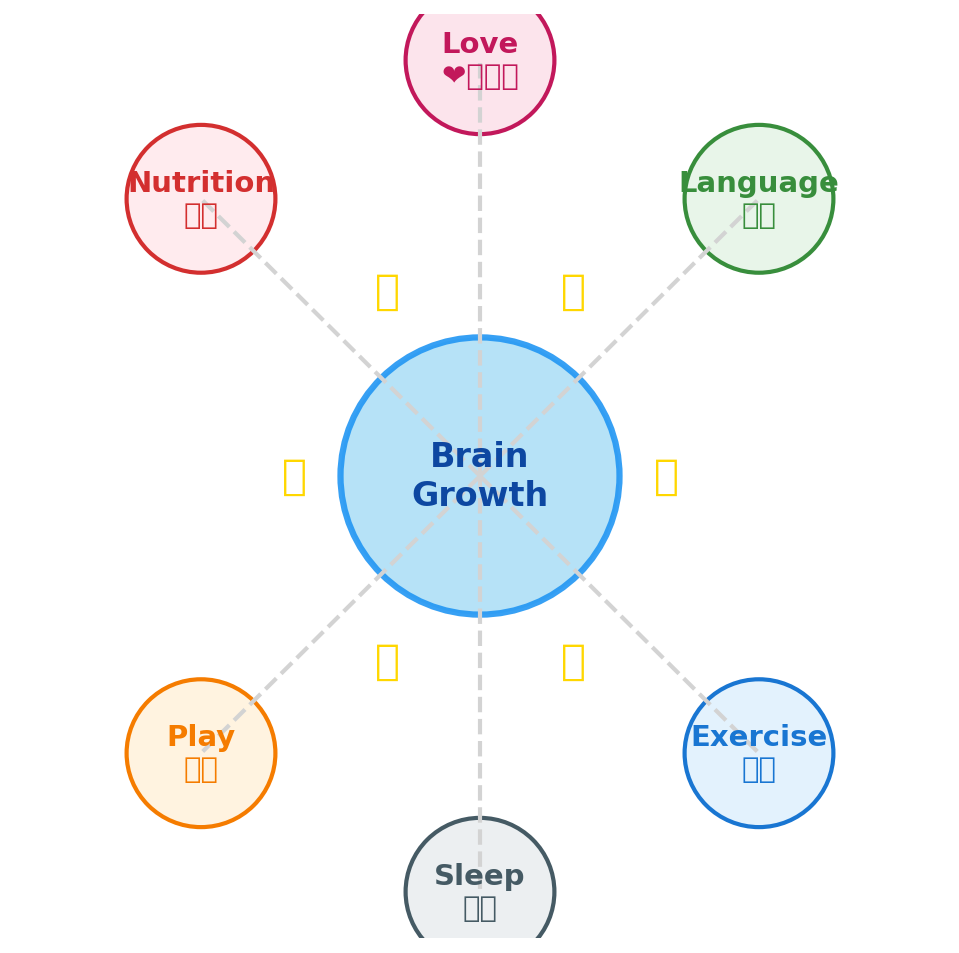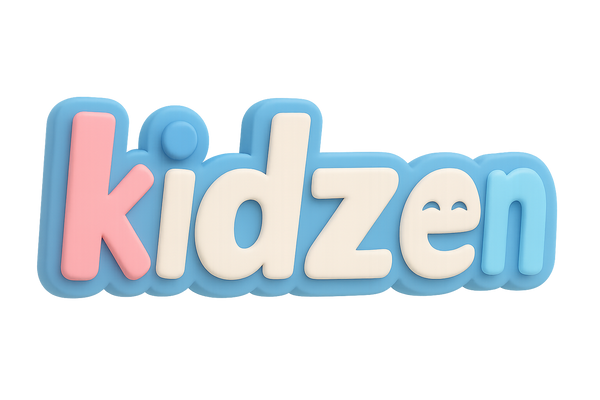
Supporting Brain Development in Young Children: Evidence-Based Strategies
Share
The early years of a child's life are a critical period for brain development. During this time, the brain undergoes rapid growth and establishes neural connections that will influence lifelong learning, behavior, and health. According to the Harvard Center on the Developing Child (2023), 90% of a child's brain development occurs by the age of five, highlighting the importance of providing enriched environments and appropriate stimuli.
1. Nutrition: The Building Blocks of Brain Growth
Optimal brain development requires essential nutrients, including omega-3 fatty acids, iron, zinc, and vitamins such as B-complex and D. A study by Prado and Dewey (2014) demonstrated that malnutrition in early childhood can lead to long-term deficits in cognitive, motor, and socio-emotional functioning. Breastfeeding, supplemented by a balanced diet, supports the formation of myelin sheaths, synapse production, and overall brain structure integrity.
2. Play and Exploration: Stimulating Cognitive and Emotional Skills
Play is not just entertainment for children—it is a fundamental learning process. Research by Ginsburg (2007) emphasized that play supports brain plasticity, problem-solving skills, and emotional regulation. Imaginative play, in particular, fosters creativity and executive function, which are critical for academic success and social adaptation.
3. Language Exposure: Building Communication Pathways
Language-rich environments, such as storytelling, singing, and reading aloud, stimulate regions of the brain associated with language, memory, and comprehension. Hart and Risley’s (1995) landmark study found that children exposed to more words and conversations in early life had significantly higher IQ scores and vocabulary skills by age three.
4. Positive Relationships and Emotional Safety
Safe, responsive, and nurturing relationships form the foundation for healthy brain architecture. According to the National Scientific Council on the Developing Child (2004), toxic stress—caused by neglect or abuse—can damage developing brain circuits, while positive interactions with caregivers buffer against stress and support emotional intelligence development.
5. Sleep and Physical Activity: Fueling Brain Efficiency
Sleep is essential for consolidating memories and clearing metabolic waste from the brain. The American Academy of Pediatrics (2016) recommends that toddlers receive 11–14 hours of sleep daily. Additionally, physical activity, especially outdoor play, boosts neurogenesis, coordination, and cognitive flexibility (Ratey, 2008).
Conclusion
Supporting brain development in young children is a holistic process involving adequate nutrition, play, language exposure, emotional security, sleep, and physical activity. By nurturing these areas, caregivers and educators can help build a strong neurological foundation that empowers children to reach their full potential.
References
-
Ginsburg, K. R. (2007). The Importance of Play in Promoting Healthy Child Development and Maintaining Strong Parent-Child Bonds. Pediatrics, 119(1), 182-191.
-
Hart, B., & Risley, T. R. (1995). Meaningful Differences in the Everyday Experience of Young American Children. Paul H Brookes Publishing.
-
Prado, E. L., & Dewey, K. G. (2014). Nutrition and brain development in early life. Nutrition Reviews, 72(4), 267-284.
-
National Scientific Council on the Developing Child. (2004). Children’s Emotional Development Is Built into the Architecture of Their Brains.
-
Ratey, J. J. (2008). Spark: The Revolutionary New Science of Exercise and the Brain. Little, Brown Spark.
-
Harvard Center on the Developing Child. (2023). Brain Architecture.
